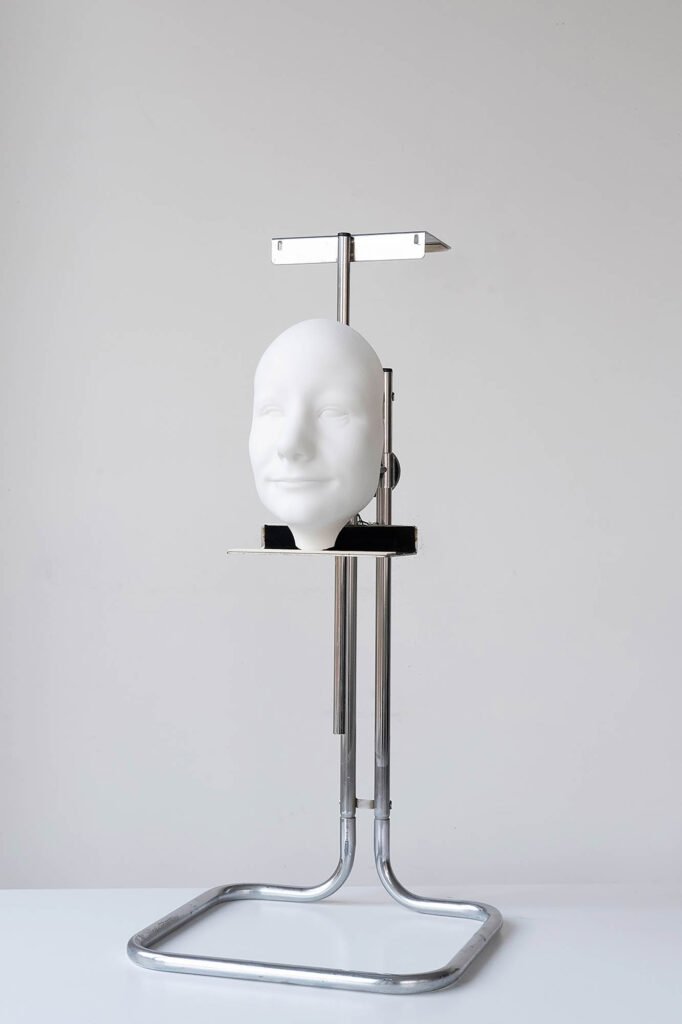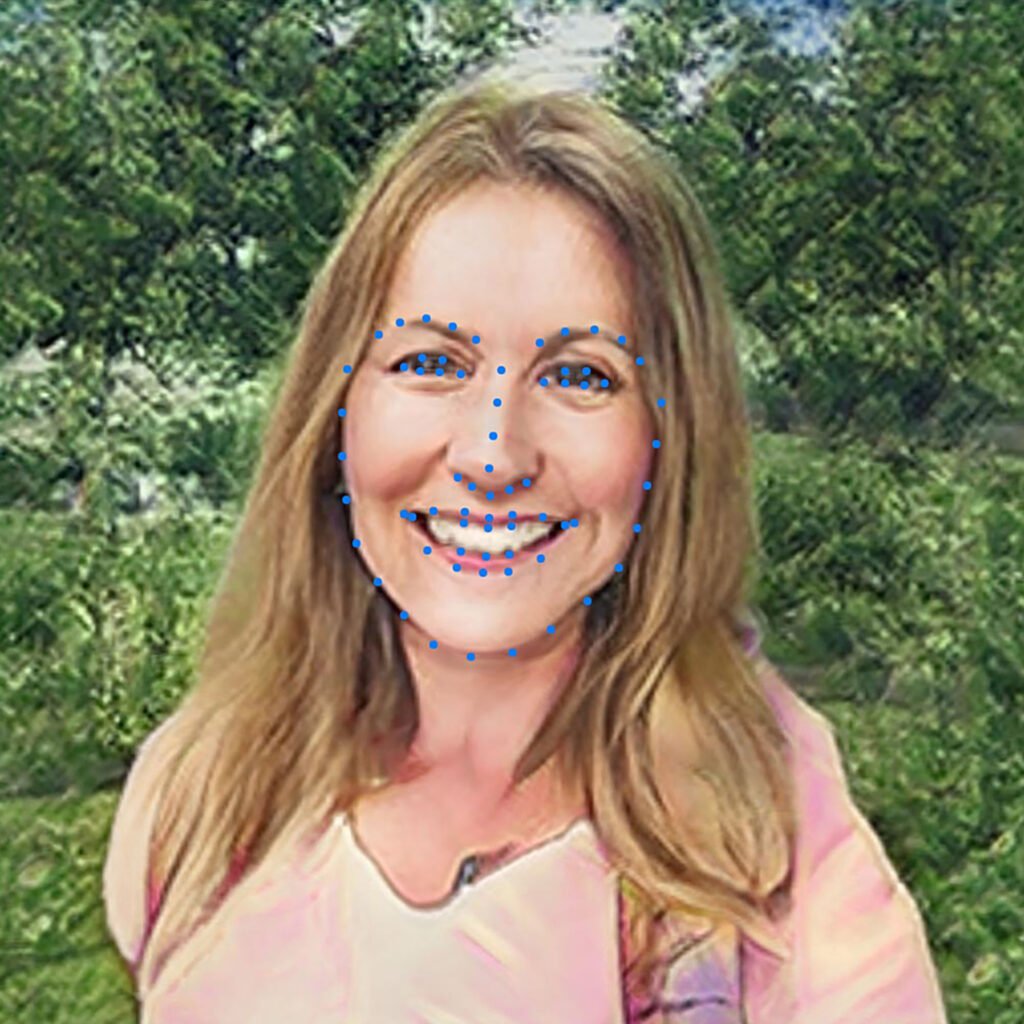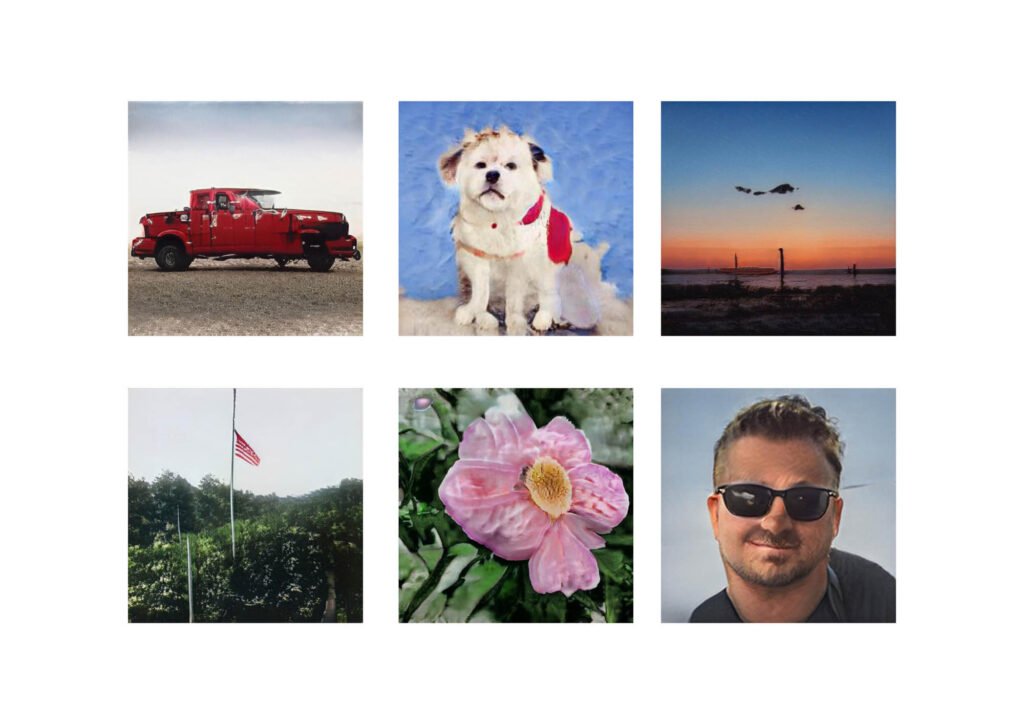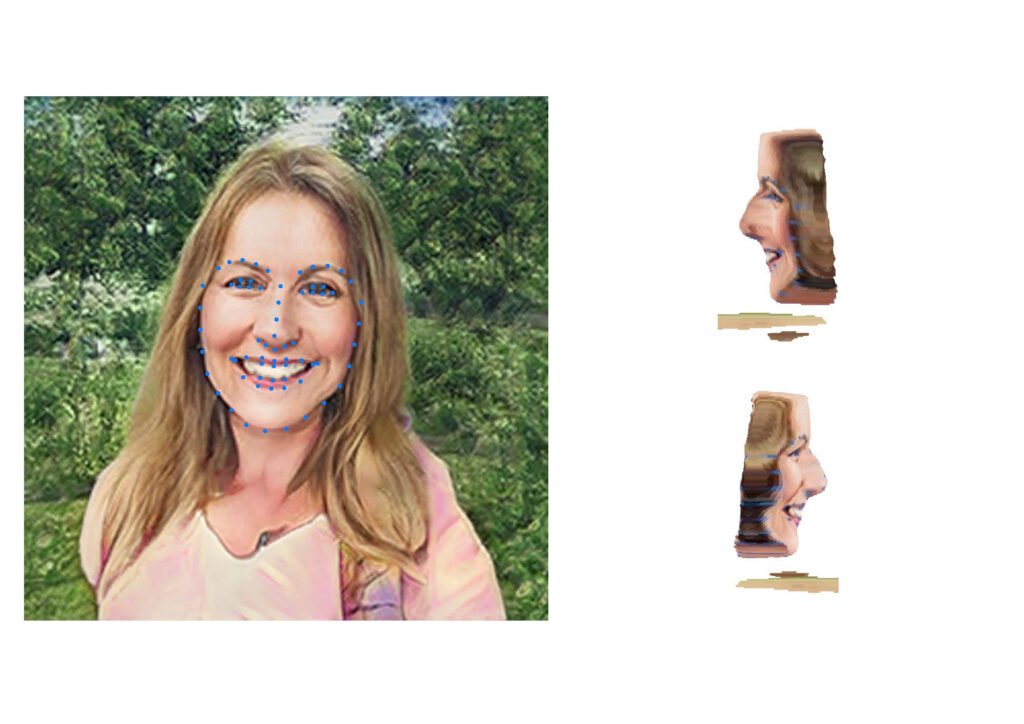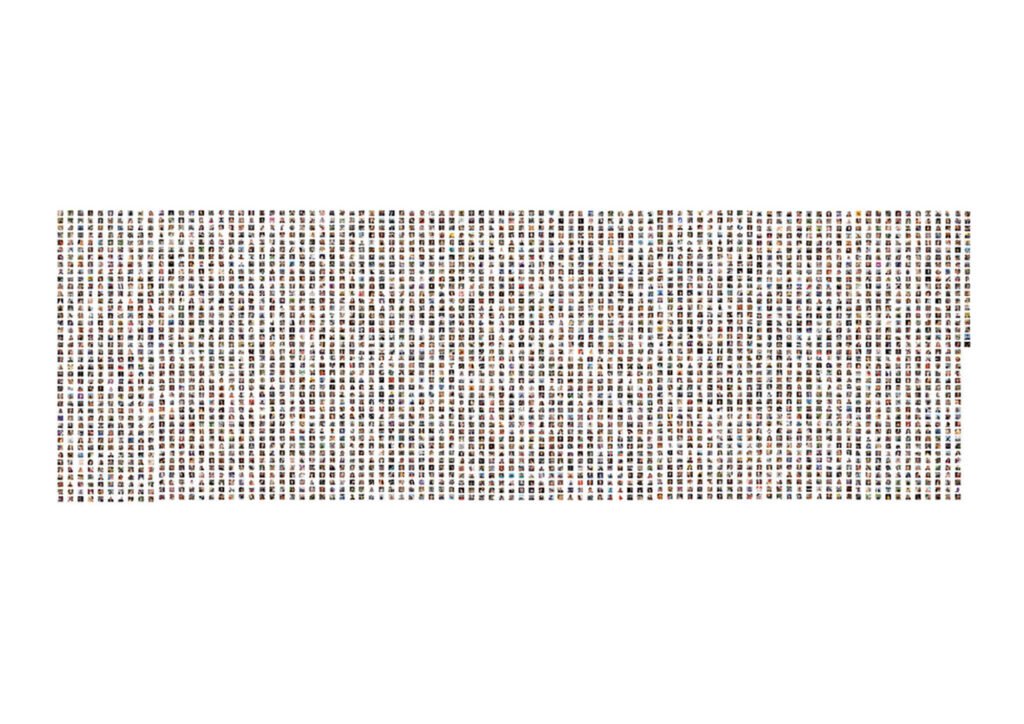“Is our fundamental right to freedom of expression under threat?”
Starting with this question, Marcel Top investigates mass surveillance in the United States of America.
The project Sara Hodges addresses the artist’s concerns over the safety of democracy in surveilled societies. The American government’s recent response to social movements highlighted a new, worrying trend. In the general turmoil of 2020, due to the rise in the number of protests and manifestations across the States, law enforcement was extraordinarily allowed to use very advanced surveillance technologies.
Facial recognition technologies and access to user data allowed the police to track, target, and surveil potentially every single person participating to a protest or interacting with it on social media. In some cases, this also lead to people being arrested because of what they wrote online. (1) Today, American officers are allowed to surveil protestors through their phone communication and social media accounts, and list them according to the findings. (2) With his project ‘Sara Hodges’, Top questions the current use of these technologies, finally exposing the possible threat they represent.
Sara Hodges is a non-existing, algorithm-generated, American citizen. To create this online fake persona, Top gathered over 50 000 Instagram posts that used the hashtag #iloveamerica (I love America). Using the same hashtag, he also collected 35 363 tweets. Starting from these posts, Top analysed 17 000 Instagram profiles and collected all their posts, which came to be over 1.5 million images. These constituted the database used to generate, through machine learning, new non-existing pictures. Similarly, the tweets that were collected were used to create new sentences and captions.
To generate the face of the perfect American citizen, Top collected the profile picture images of 3 620 profiles. He then trained an Artificial Intelligence to merge these portraits together and generate new ones. This process consisted in the AI trying to generate new images based on the real ones it was fed. The longer the training, the more realistic the results. After 20 000 steps of training, the face was revealed. The end result was a middle-aged white woman, whose generated name was Sara Hodges.
To build a life around the figure of Sara Hodges, Top created an Instagram account (@sarahodges1973), as well as an AI-generated biography:
‘Married to my HS sweetheart. Mom of 5. Believer in the American Dream. Matthew28 Psalm23:4. Faith is strength is determination is practice’
Considering the hashtag #iloveamerica, Sara Hodges is the product of thousands of people that openly shared love or admiration for their country online. The online presence of Sara Hodges reflects the online presence of other ordinary people, who in the sight of surveillance technologies, represent the perfect American citizens.
Every aspect of Sara Hodges’ social media is AI-generated, including the images shared on her Instagram profile. To give a sense of what her life would look like, Top created new images to populate her feed. Working with AI, he divided all the 1.5 million images he initially collected into 17 macro-categories (vehicles, dogs, babies, flowers, guns, etc.) These subjects were the most popular across the 17 000 Instagram profiles he analysed. Top trained an AI to generate new pictures for each category.
After the online presence was built, Top brought Sara Hodges into the real world. Working with AI, facial recognition, and deepfake technology, Top turned the 2D portrait into a 3D model of the face, mainly helped by the nodal points which are used by the same facial recognition technologies.
With the use of silicon and a 3D printer, the 3D model could be turned into a mask for people to own and use. Her face would be available to everyone. By bringing this perfect citizen ‘alive’, Top hopes to create a tool for people to claim and exercise their fundamental right of expression, without the fear of being identified and tracked online. When wearing the mask in the real world, facial recognition technologies would redirect law enforcement on the social media profile of this apparently perfect citizen.
This said, deceiving mass tracking technologies is not the only purpose behind Sara Hodges’ online presence.Sara Hodges is the average product of many people that are clean in the eyes of surveillance. Therefore, her online presence is also a warning. The symbol of a society that leaves no space to those whose opinion is not compatible with the government’s one.
In the future of the United States of America, while governments will certainly change, surveillance technologies are likely to stay, only improved if not unvaried. The threats these technologies pose to the future of a free and democratic society do not lie in the tools themselves, but in the people and companies behind them.
1. Levin, S., 2017. Jailed for a Facebook post: how US police target critics with arrest and prosecution. [online] the Guardian. Available at: <https://www.theguardian.com/us-news/2017/may/18/facebook-comments-arrest-prosecution>.
2. Kelly, H. and Lerman, R., 2020. America is awash in cameras, a double-edged sword for protesters and police. [online] www.washingtonpost.com. Available at: <https://www.washingtonpost.com/technology/2020/06/03/cameras-surveillance-police-protesters/>.
Marcel Top is a Belgian photographer. Alongside his traditional use of photography, Top also explores the limits and boundaries of the medium through his practice. In other words, he applies his documentary practice to his experimental work.
Top has always been fascinated by the power of technology, by the ambiguity of its double-faced nature. Breach of privacy, mass surveillance, and the collection of personal data are between Top’s recurring topics.
Throughout the last year, the photographer rethought his practice to capture that part of technology he could not frame with a camera. By doing this, he was able to address his worries related to a future dominated by technology.
Research represents a fundamental part of Top’s creative process; while creating, the artist constantly rethinks and readapts the original idea to the outcomes of his research. By doing this, he creates a space for the evolution and growth of his own work.
